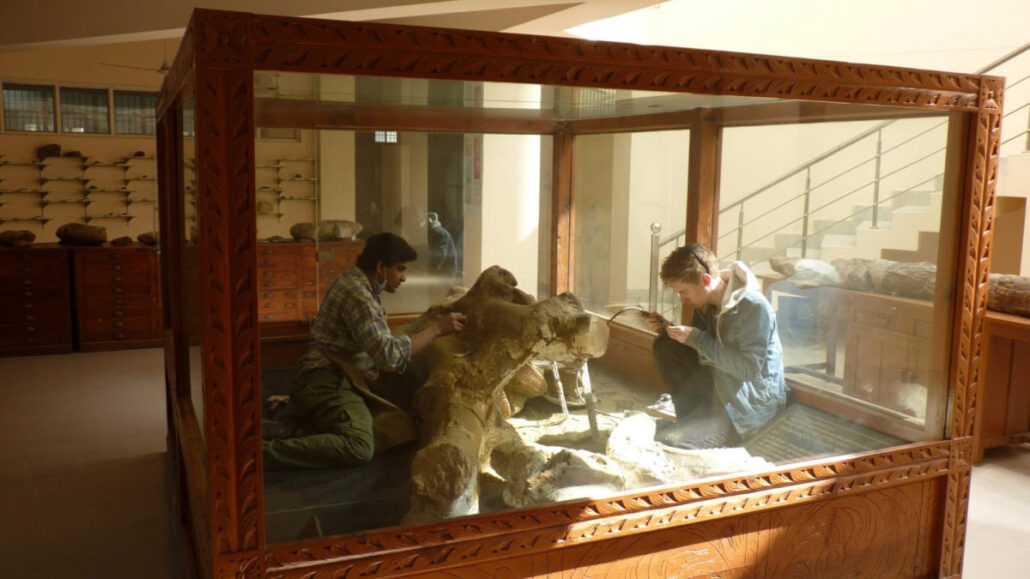
A significant discovery of ancient elephant fossils in the Galendar area of Pampore in Kashmir Valley has unveiled the earliest known instance of butchery in the region.
These fossils, estimated to be between 300,000 and 400,000 years old, were first unearthed in 2000 and belong to the extinct species Palaeoloxodon turkmenicus, an extinct species of large elephant from the late Pleistocene, known primarily from fossils found in Turkmenistan.
They were found alongside 87 stone tools used by early humans.
The research, led by Advait Jukar from the Florida Museum of Natural History, indicates that these tools, made from basalt and shaped on-site, were likely employed to extract nutrient-rich marrow from the elephant bones.
While no direct evidence of hunting, such as embedded spear points, was found, researchers believe early humans may have scavenged or possibly killed these massive animals.
This fossil find is particularly notable as the nearly complete skull is one of the most comprehensive examples of this elephant species, which was significantly larger than modern African elephants. The discovery also includes delicate throat bones, aiding in species identification.
The implications of this research are profound, offering new insights into early human behavior in Kashmir and shedding light on human interactions with megafauna.
This find complements other important discoveries, such as the well-known Narmada human fossil, underscoring the region’s crucial role in human evolution.
The findings have been published in the Journal of Vertebrate Paleontology, contributing to a greater understanding of early human activity in the area.




